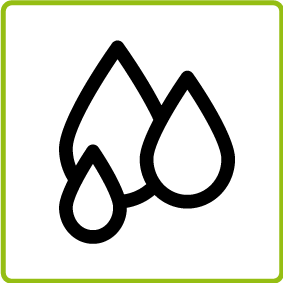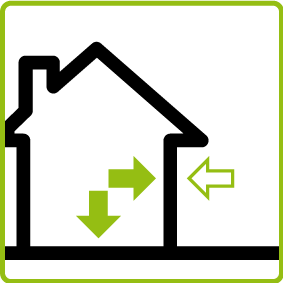COAT omnibind
Pre-treatment tile
Applications
COAT omnibind is even waterproof if a thin 1 mm layer is applied, which makes it an ideal product for protecting horizontal, sloping or vertical surfaces that are sensitive to water, such as anhydrite, plaster blocks, plasterboard, multiplex, chipboard, WPB panels, damp areas and sanitary installations (bathrooms and showers)), before laying tiles. Due to its elasticity, the product can withstand normal movements due to expansion and shrinkage of the surface, which are caused by factors linked to the construction, building physics, vibrations and temperature variations. Outside for suitable facade systems. Not suitable for areas that are permanently under water. COAT omnibind is also suitable for absorbent surfaces when using SR omnimat, SC omnimat and WD omnimat as adhesives.



Getting started with COAT omnibind
Certificates and documents
Download the documents available from this specific product here.
Additional documents
Can't find the right certificate?
Contact usLet us help you out
Why should I apply a sealant?
Sealing materials are applied in places or spaces where one wants to prevent the effects of use from spreading to adjacent spaces, such as moisture in a bathroom.
Do I use a primer, a coat, or a decoupling mat for sealing?
This choice depends heavily on the situation and the application of your project. Is there a moist environment or are you working within the spray range? This, combined with a risk assessment, determines whether to choose a primer, a paste (coat?), or a complete system of decoupling mats, combined with special fittings.
Isn't a tile finish waterproof?
A finish in (ceramic) tiles should not be considered waterproof, due to factors such as the possibility of microcracks and at the location of the tile edges. Applying the correct waterproofing to the substrate before starting the tiling work is therefore essential.









